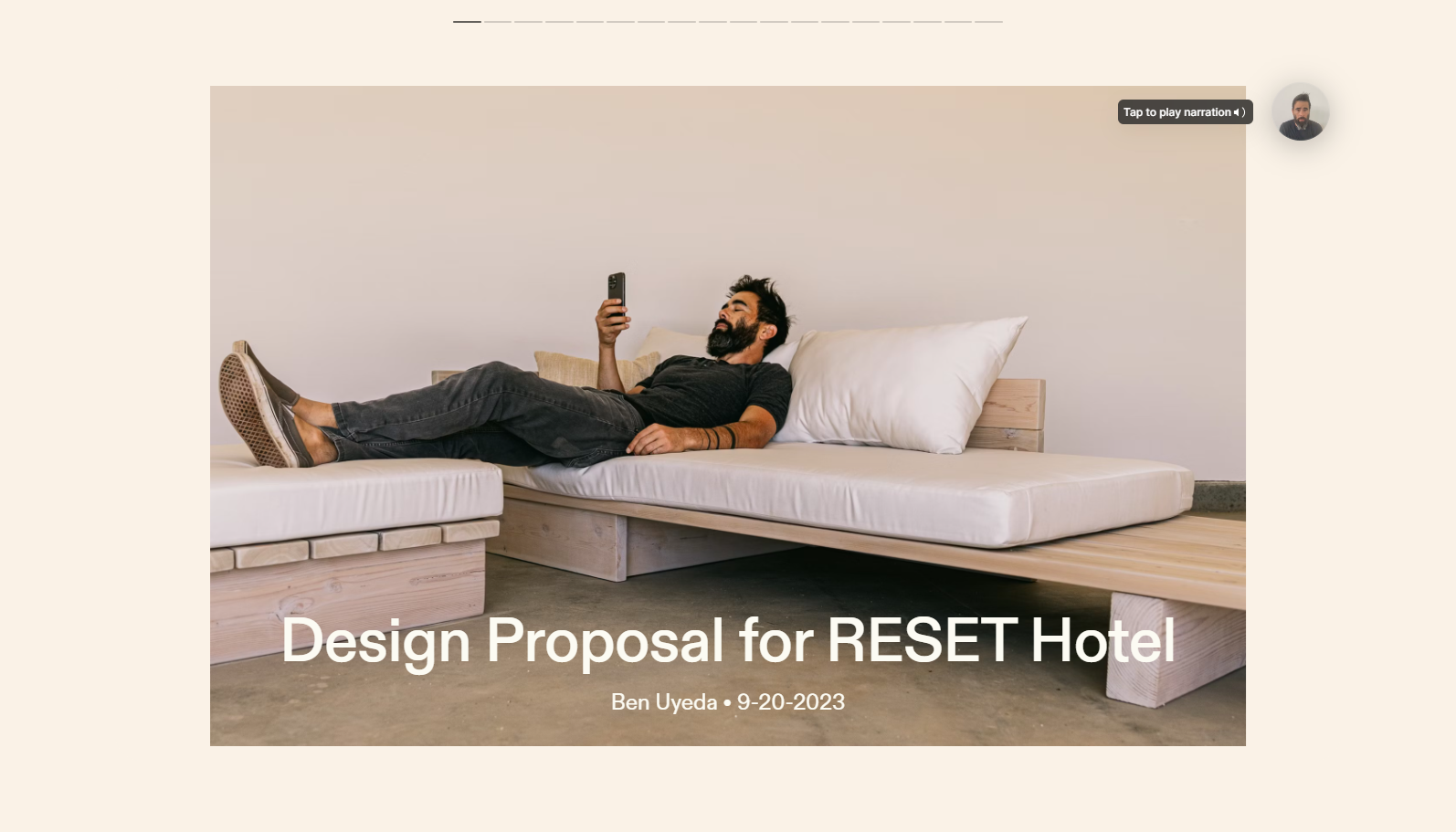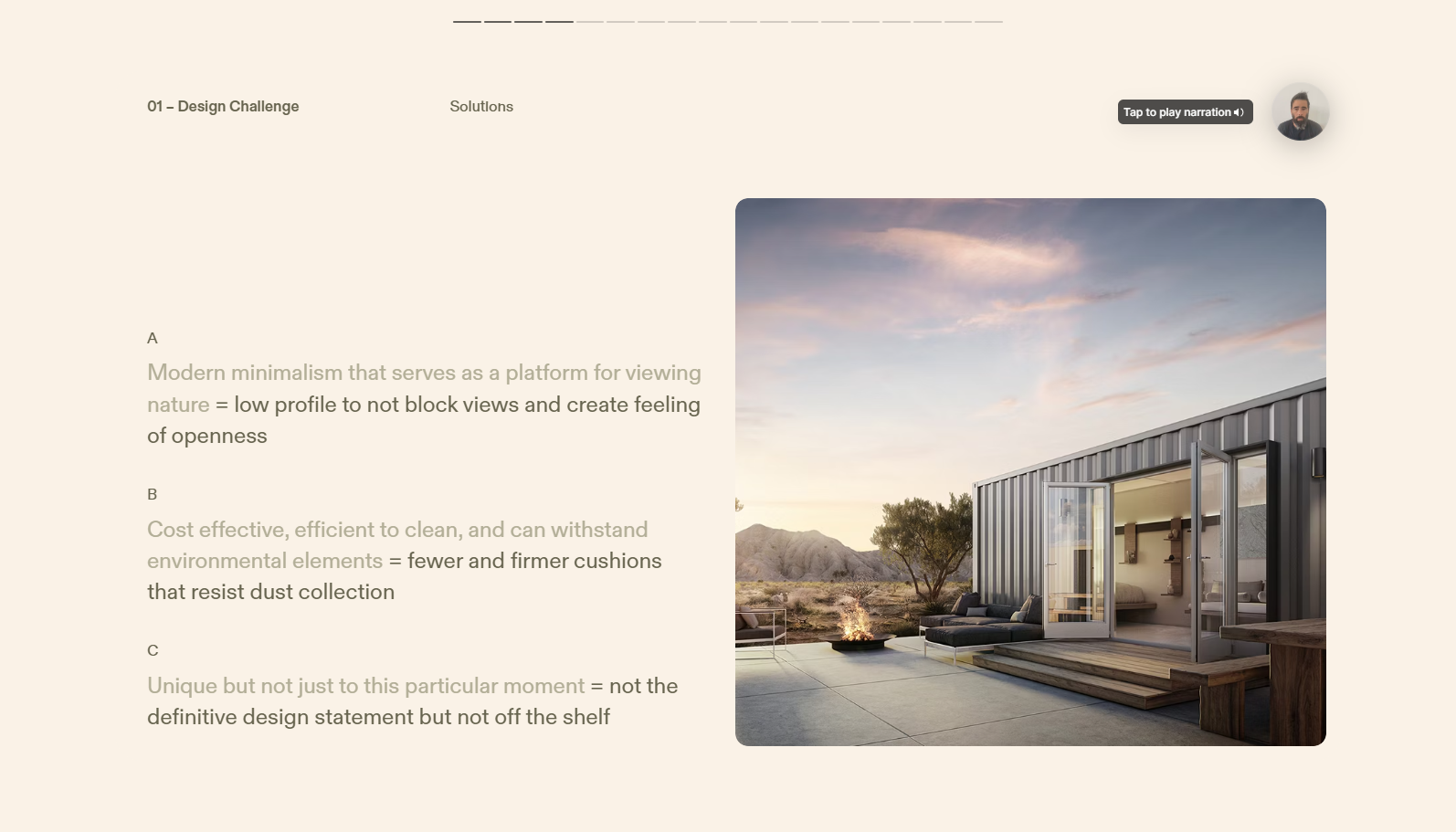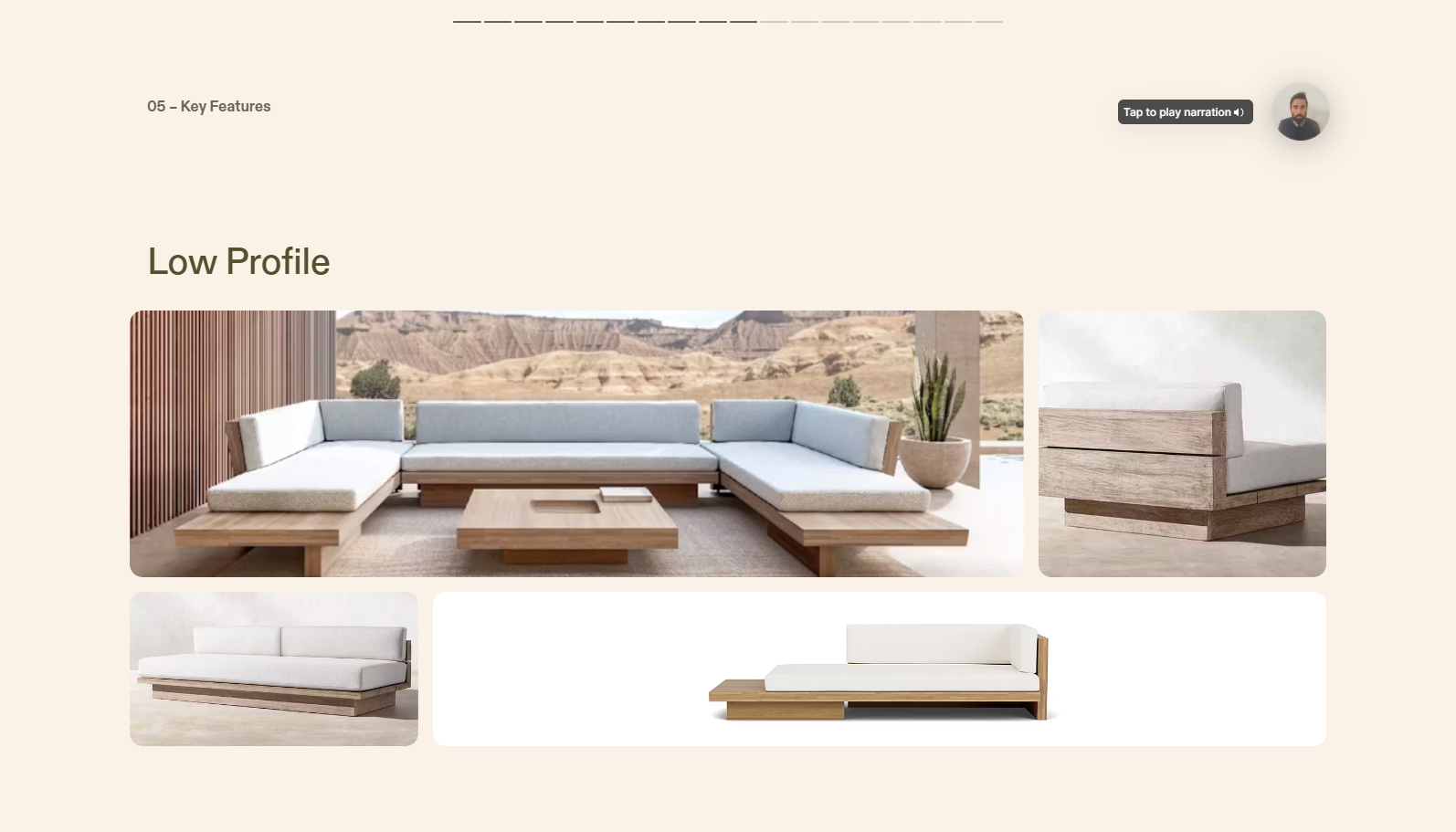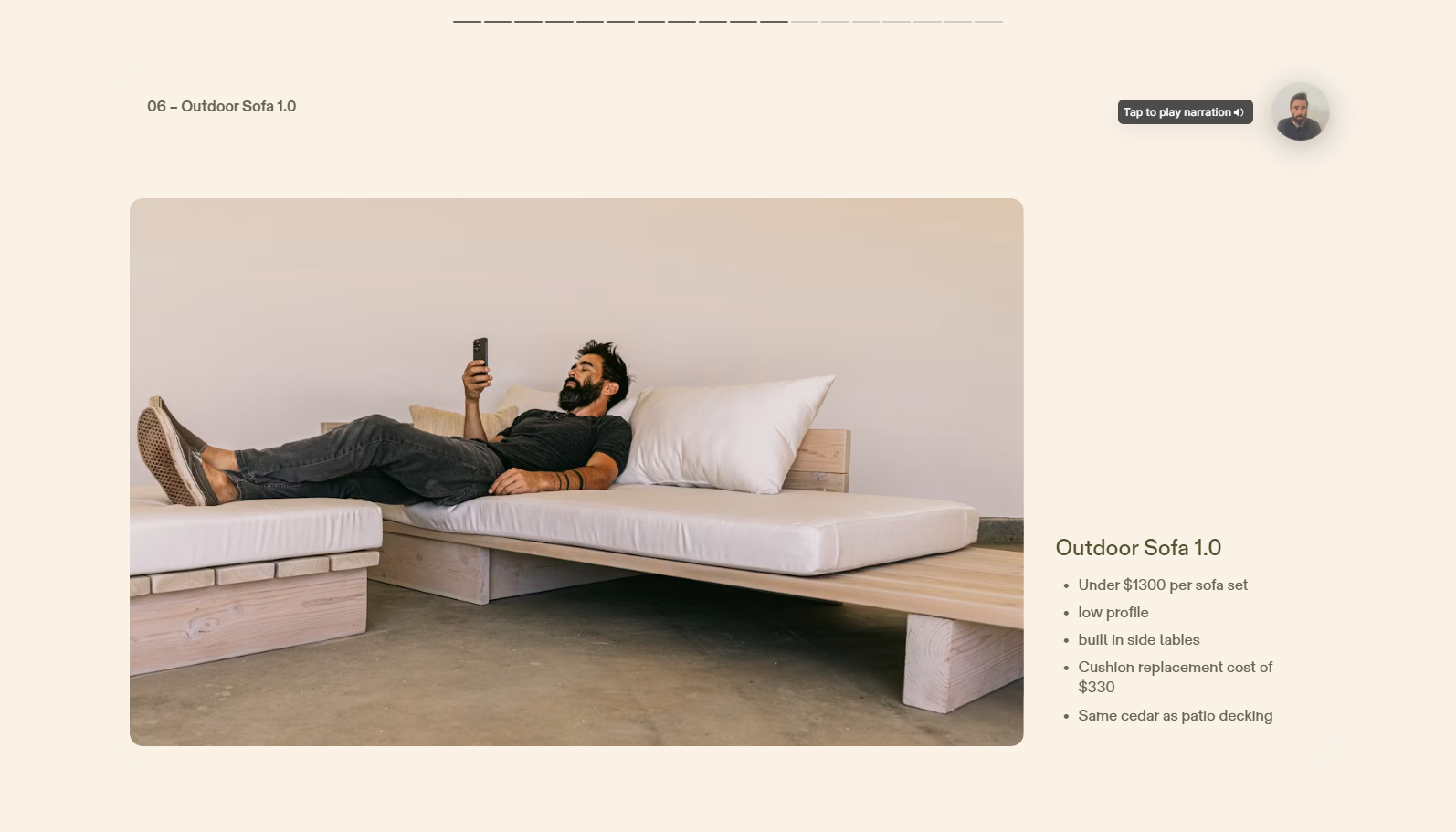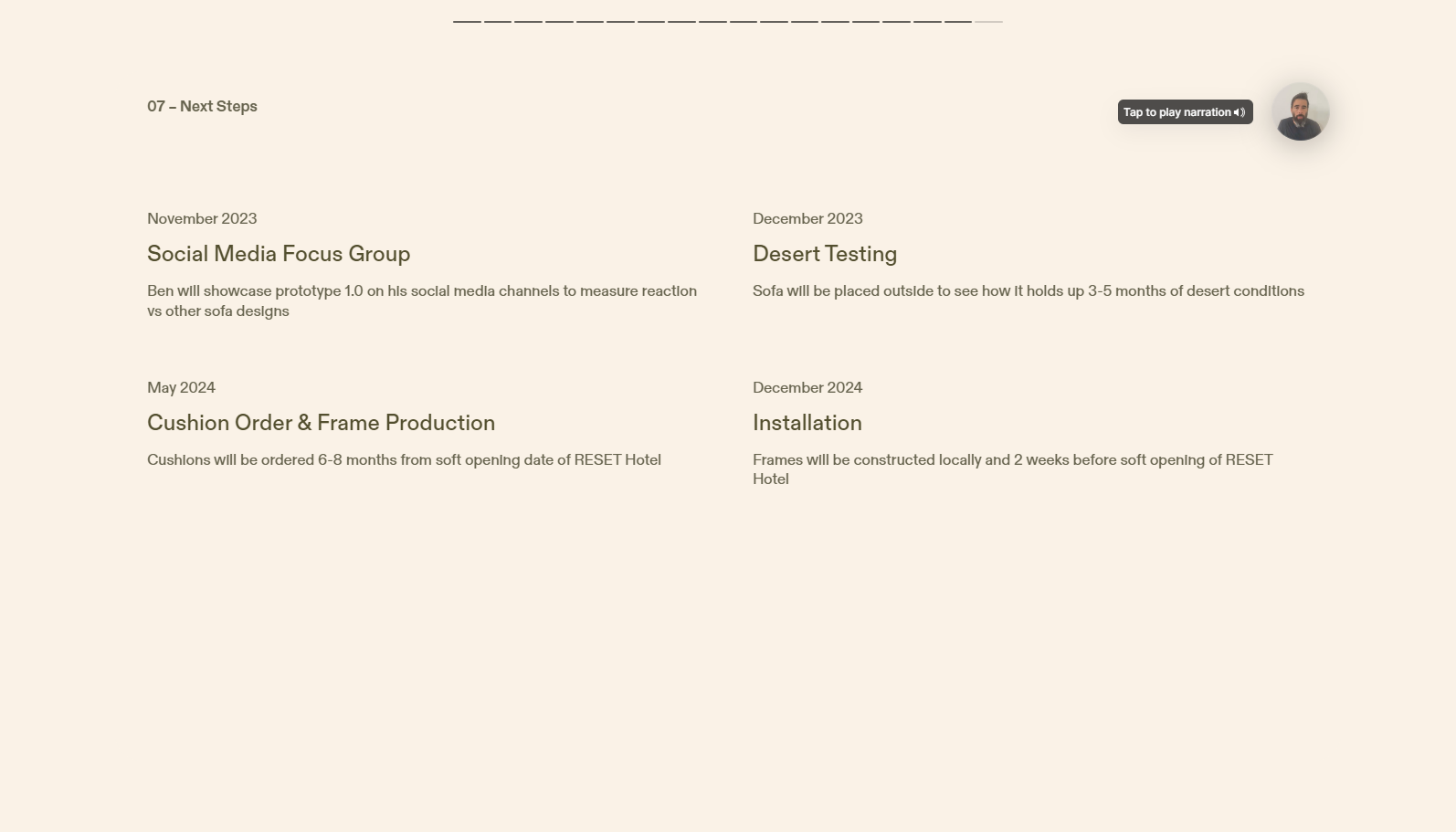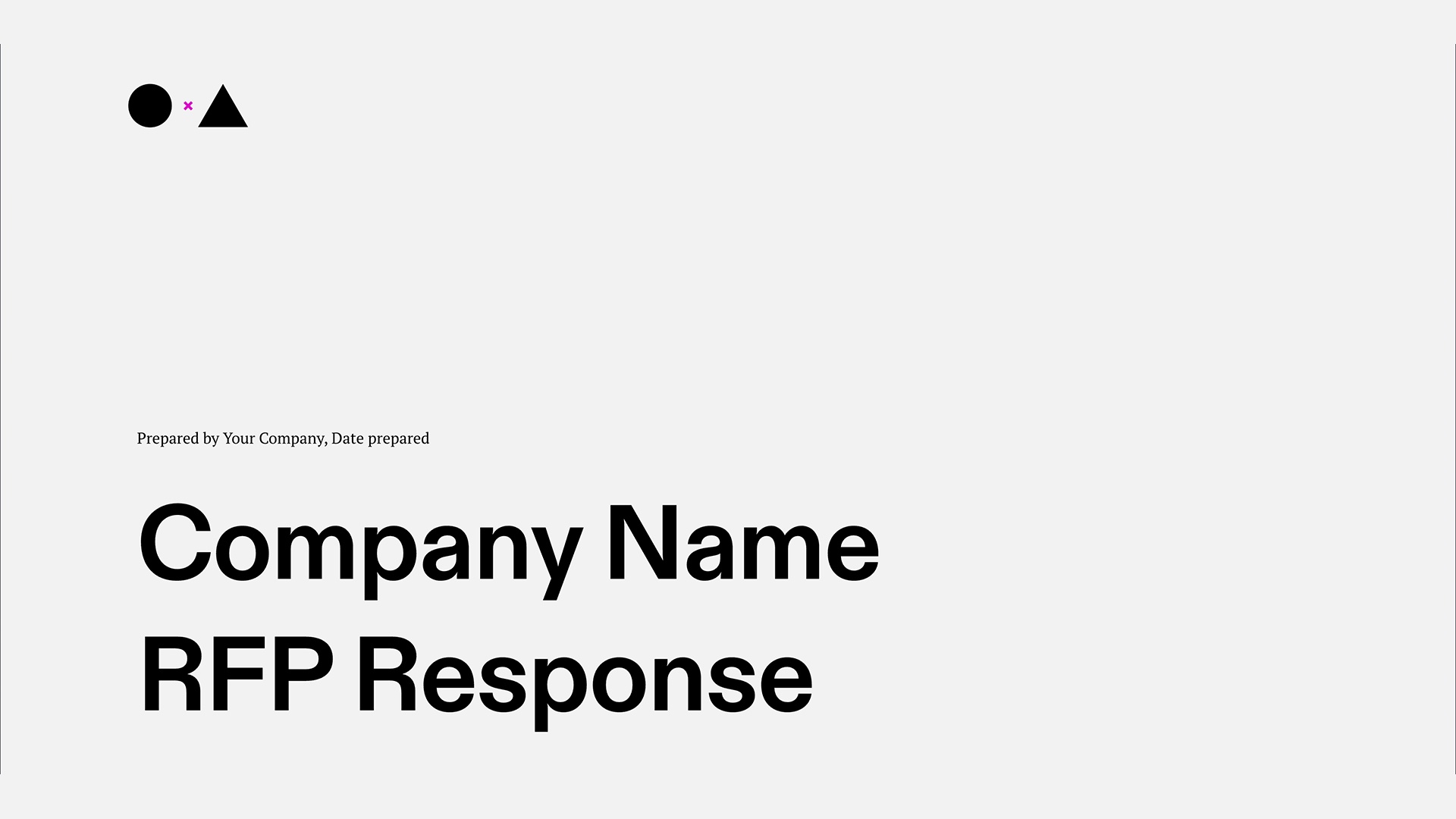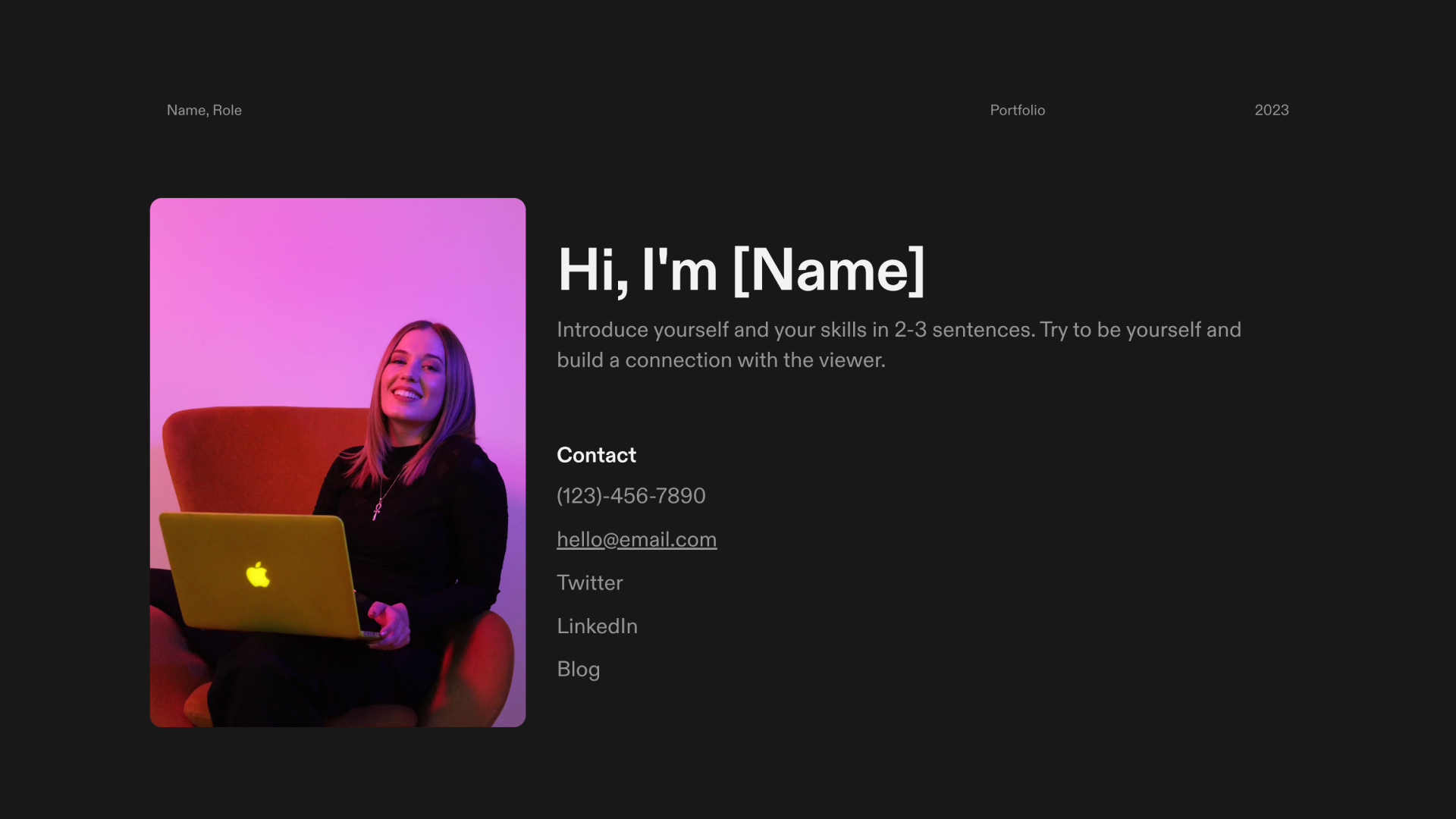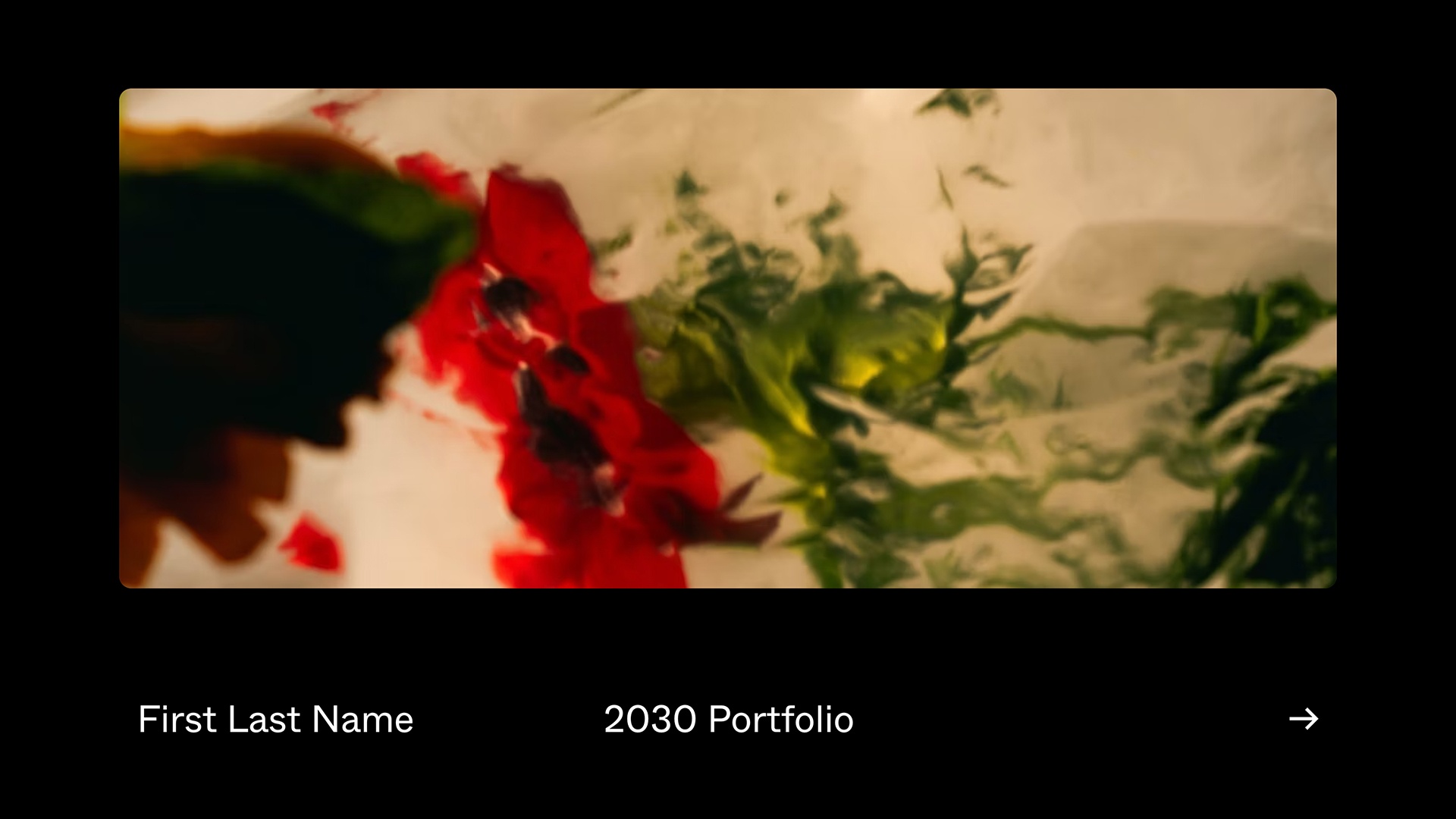Tips of the trade
How to Create a Compelling Design Proposal
Share your concept and win clients with a presentation that expresses your vision.
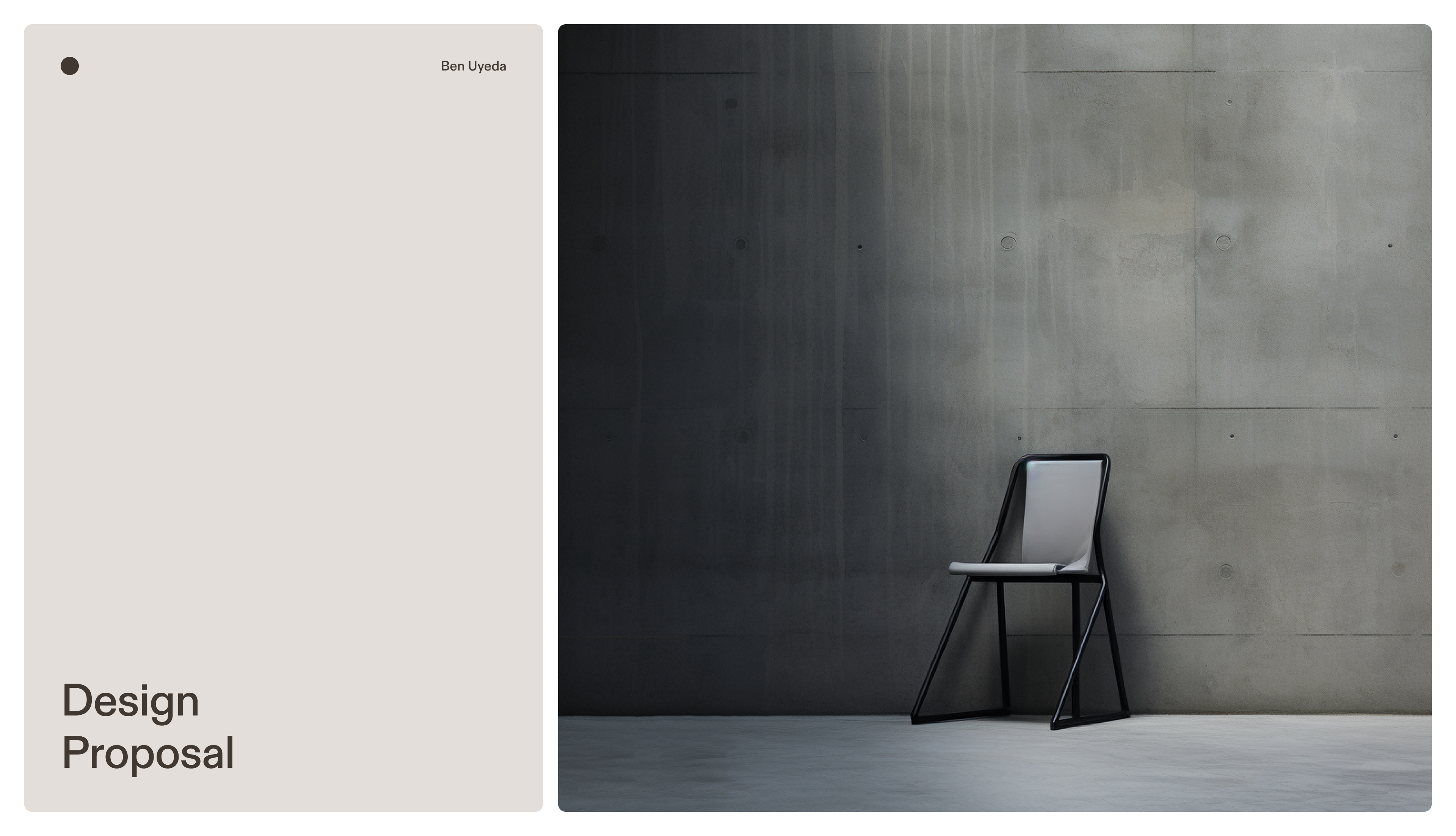
“A picture is worth a thousand words” is a cliché because it’s true. There’s a reason people need maps, blueprints, and storyboards — not just text — to grasp ideas. We’re visual thinkers, and that’s especially true when it comes to understanding design.
Whether someone is crafting a building, product, or piece of furniture, a design proposal can help creators convey their vision to clients in an engaging way. These visual documents help designers win business and keep everyone involved on the same page.
What is a design proposal?
A design proposal is a document or presentation that creatives use to share an idea with clients. Graphic designers, architects, interior designers, and product designers are among the professionals who craft design proposals for projects.
Designers use this visual resource to align internal teams around a vision, close deals with prospective clients, or share a concept with existing clients. Design proposals use a combination of text, images, and sometimes other media to relay a concept and lay out a plan for execution. The best design proposals typically respond directly to the client’s needs and parameters for the project.
What should a design proposal include?
Sharing creative ideas is critical for Ben Uyeda, an architect, designer, and social media influencer who designs everything from furniture to hotels. He frequently creates design proposals for clients, including a recent presentation outlining his vision for an outdoor sofa.
Design proposals differ based on the industry, project, and client expectations. But most contain the following key components:
- Project goals. Summarize the objectives of the design challenge and guidelines you’re working within. You may want to note the target audience or consumer.
- Inspiration. Whether through a mood board or citing antecedents, give the client a sense of your design inspiration and the tone and feel you’re going for. Uyeda’s proposal cited the minimalist work of artist Donald Judd.
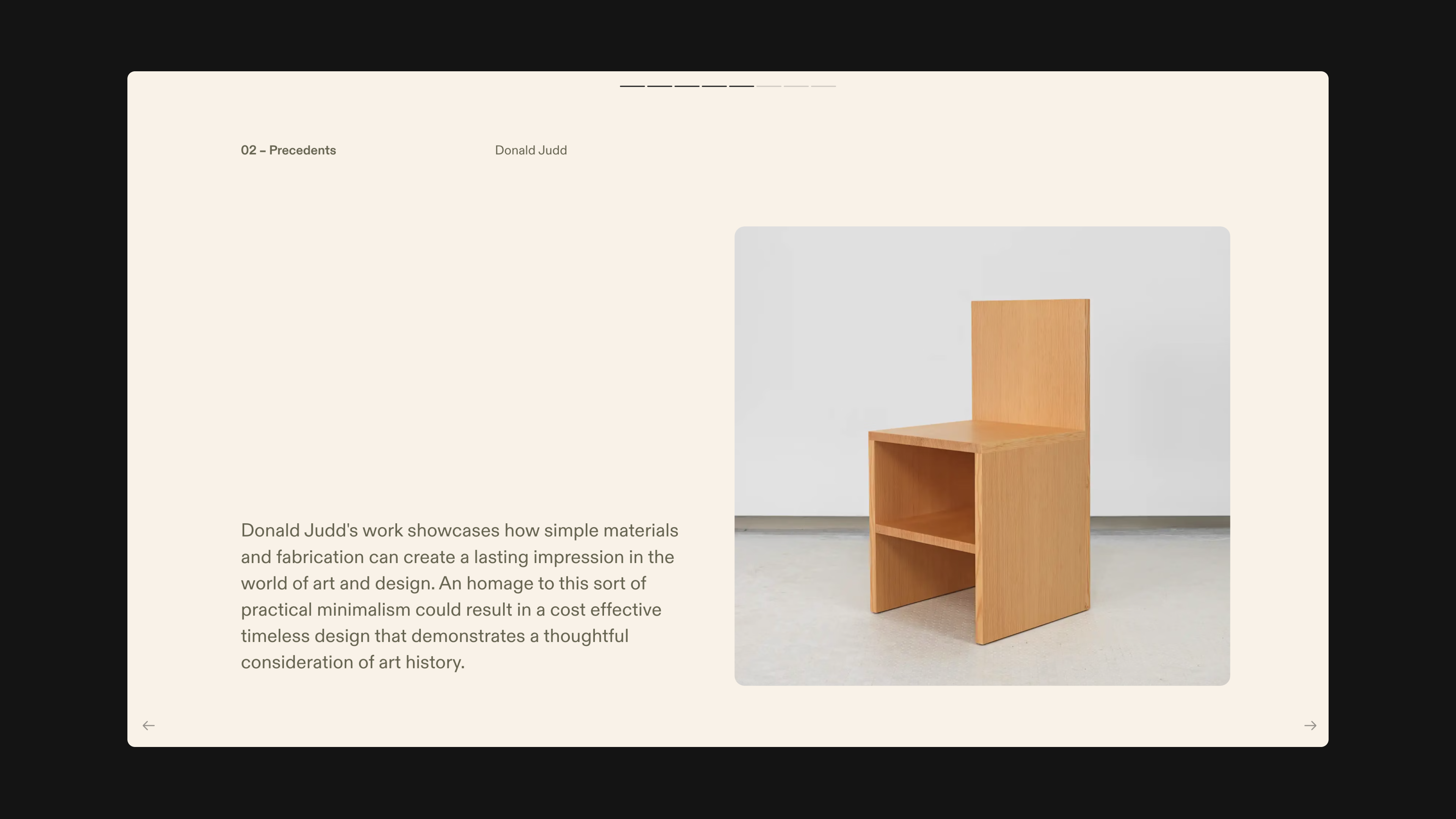
- Key features. Describe elements that set your design solution apart. Include visuals — such as photos, sketches, or videos — to bring your idea to life. Focus on design features that solve your client’s problems.
- Cost. Share how much the final project will cost. Uyeda broke down the cost of the sofa frames and cushions separately.
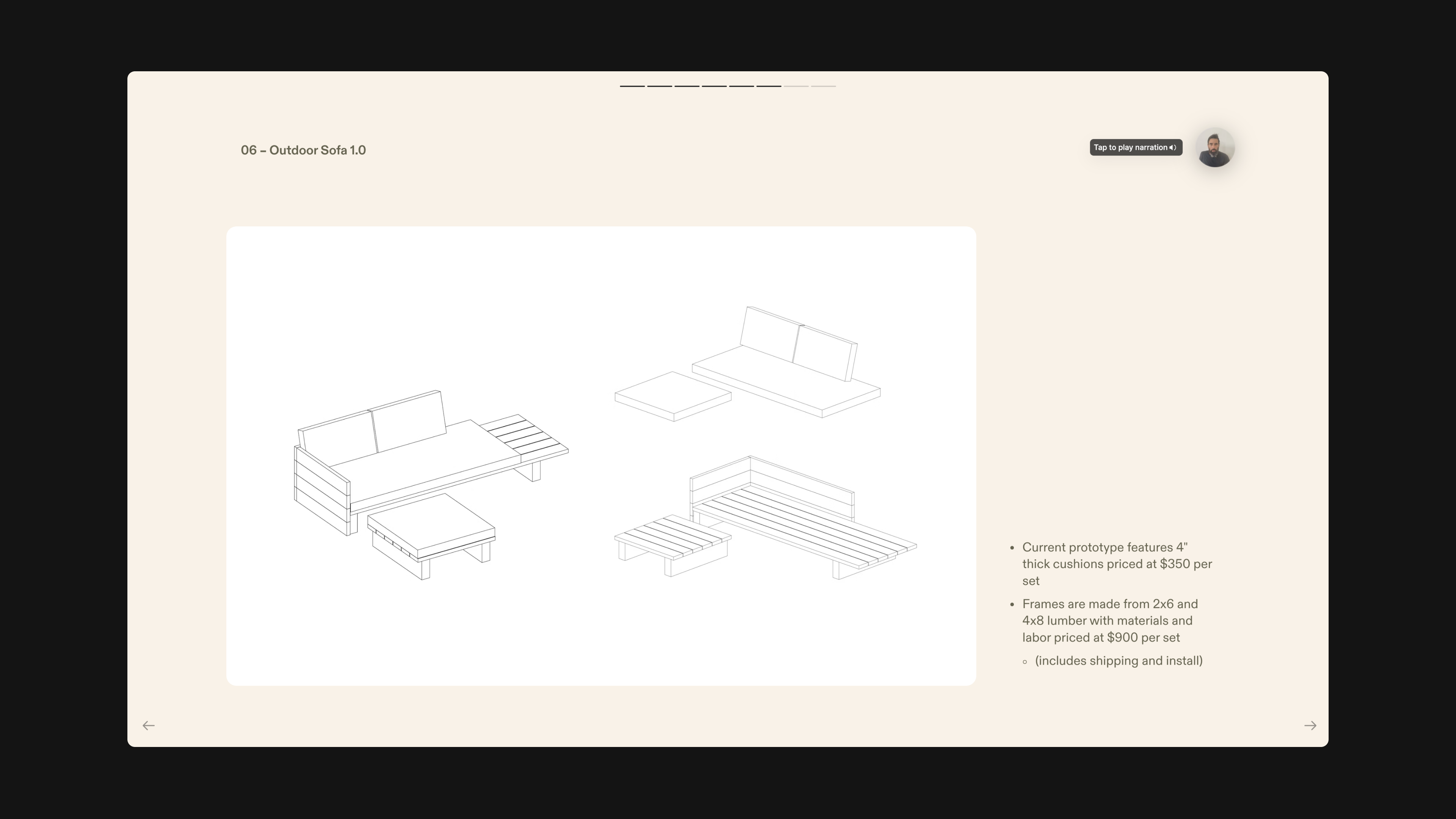
- Timeline. Walk your client through next steps and milestones. For Uyeda, that included a focus group and prototype testing.
- Bio. Tell your audience a bit about you, your team, or your firm, highlighting credentials and experience that make you attractive to them.
- Portfolio. Share examples of past work, focusing on similar or notable projects.
Tips for creating a winning design proposal
- Tailor the proposal to the client. Avoid cookie-cutter presentations. Instead, highlight the features and past experience that matter most to this particular client and project. Uyeda spoke to his client’s desire for a cost-effective piece in a modern minimalist style.
- Presentation matters. As a designer, every visual document you share represents your brand. When conceiving your proposal format, use everything from color choice to font to tell a cohesive story that communicates your brand identity. Uyeda’s tome stuck to clean, neutral fonts and layouts that reflected his design aesthetic.
- Be specific. Be precise when describing scope, materials, timeline, and other factors to avoid miscommunication or surprises down the line. Uyeda attached specific months to his milestones.
Common mistakes to avoid when creating a proposal
- Not having enough background. Make sure you have sufficient information from your client about their goals and guidelines for the project. Otherwise, the design proposal could be off base, sending you back to the drawing board. And do your own thorough research to back up the proposal.
- Leaving your client guessing. Questions always arise, but ensure your proposal provides the key information and visuals clients need to understand your idea and its components.
- Going too narrow. Offering a range of options when it comes to design and price can increase the chances that clients choose to work with you. Uyeda offered to increase the height of the frame or the thickness of the cushions and specified the associated cost.
What makes a design proposal stand out
Here are some of Uyeda’s tips for making the most of design proposals:
1. Don’t reinvent the wheel.
Uyeda always begins with one of Tome’s templates, customizing it with project-specific details and neutral colors that reflect his design sensibility. For him, having a starting point offers a productivity boost. “Starting with easy wins is always good for kicking off. It’s important to build that momentum,” he said.
2. Tap the power of AI.
Uyeda often uses Tome’s AI capabilities to source images for mood boards or other parts of the presentation. “AI generation is especially great for maintaining flow and building placeholders as you’re thinking, as well as in a collaborative meeting where you’re brainstorming. You don’t have to stop to search around the internet,” he said. “Often, AI generation is not about trying to create the perfect image; it's trying to shape the presentation so that people make better decisions.”
“Often, AI generation is not about trying to create the perfect image; it's trying to shape the presentation so that people make better decisions.”


3. Replace meetings with recorded commentary.
With Tome’s video narration tool, Uyeda can embed a video of himself on each page to walk his audience through the presentation. Instead of scheduling time-consuming meetings, he provides context and engages clients asynchronously. “Record narration literally changes a presentation deck into the meeting itself,” he said. “I can spend less time on scheduling and meetings and more time creating.”
4. Enable collaboration.
Instead of circulating a static document, sharing a link to a tome allows Uyeda to gather feedback from stakeholders in one place. Once he adjusts the proposal, everyone can view edits in real time. “It’s not just a PDF that gets saved on someone’s hard drive and dies,” he said. “It’s an editable, live file where people can give all their feedback, write notes, or add a page with their own suggestions.”
Create a design proposal with Tome
Your designs showcase your creativity, but that doesn’t mean you have to start from scratch. Tome can help you craft an engaging design proposal that conveys your vision and stands out from the pack. Use Tome’s generative AI to populate mood boards and collect design inspiration, and try the video narration tool in place of time-consuming meetings. Once you’re done, you can easily share a link with clients and collect feedback right in the tome.

Create pitch decks, proposals, microsites, and more using Tome's AI. Try free.
You may also like...

Your portfolio should communicate your unique point of view as an interior designer through past work and insights into your process.
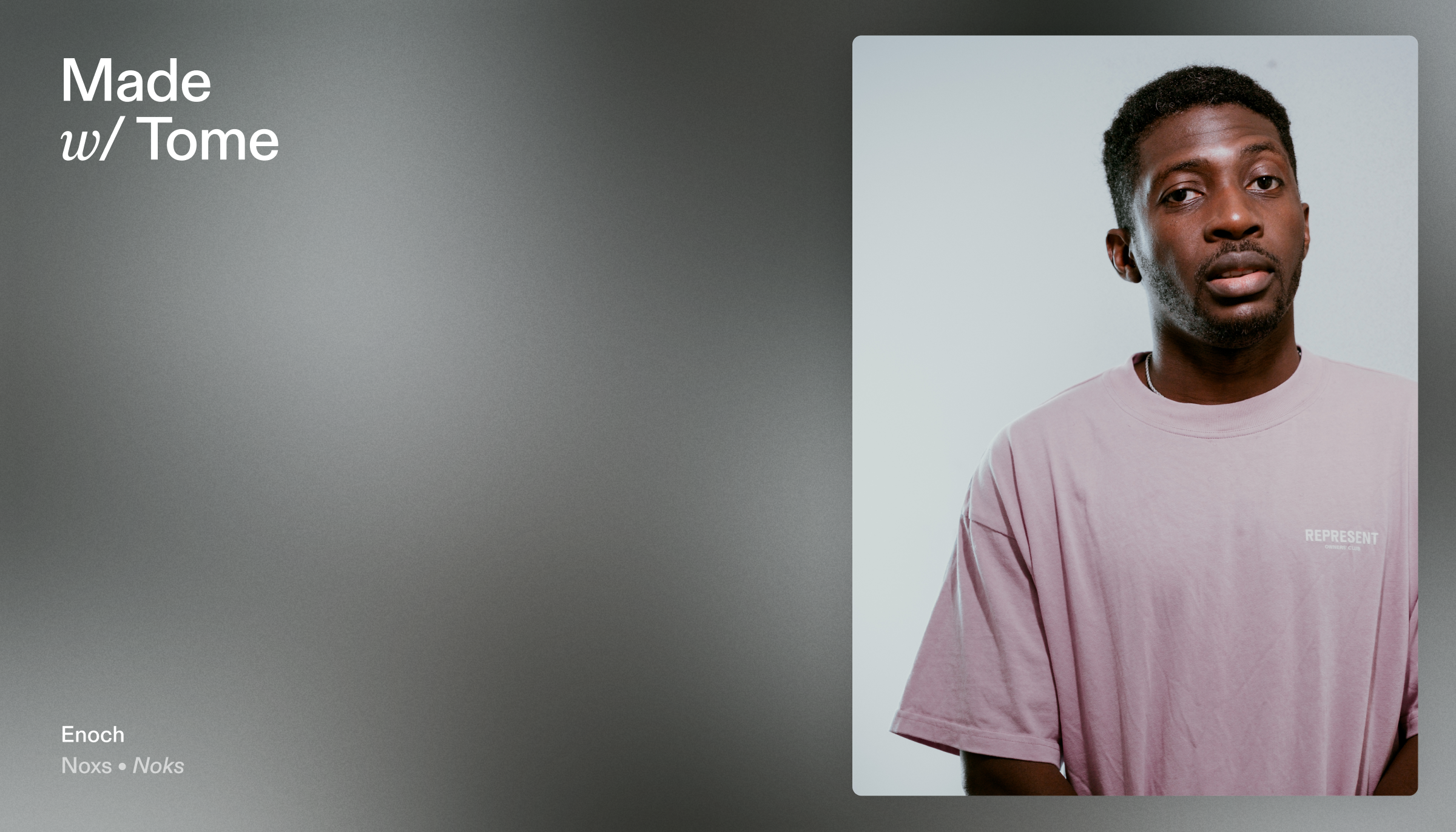
Hear from a musician, producer and composer on how he uses Tome's flexible format to create visual soundscapes.
